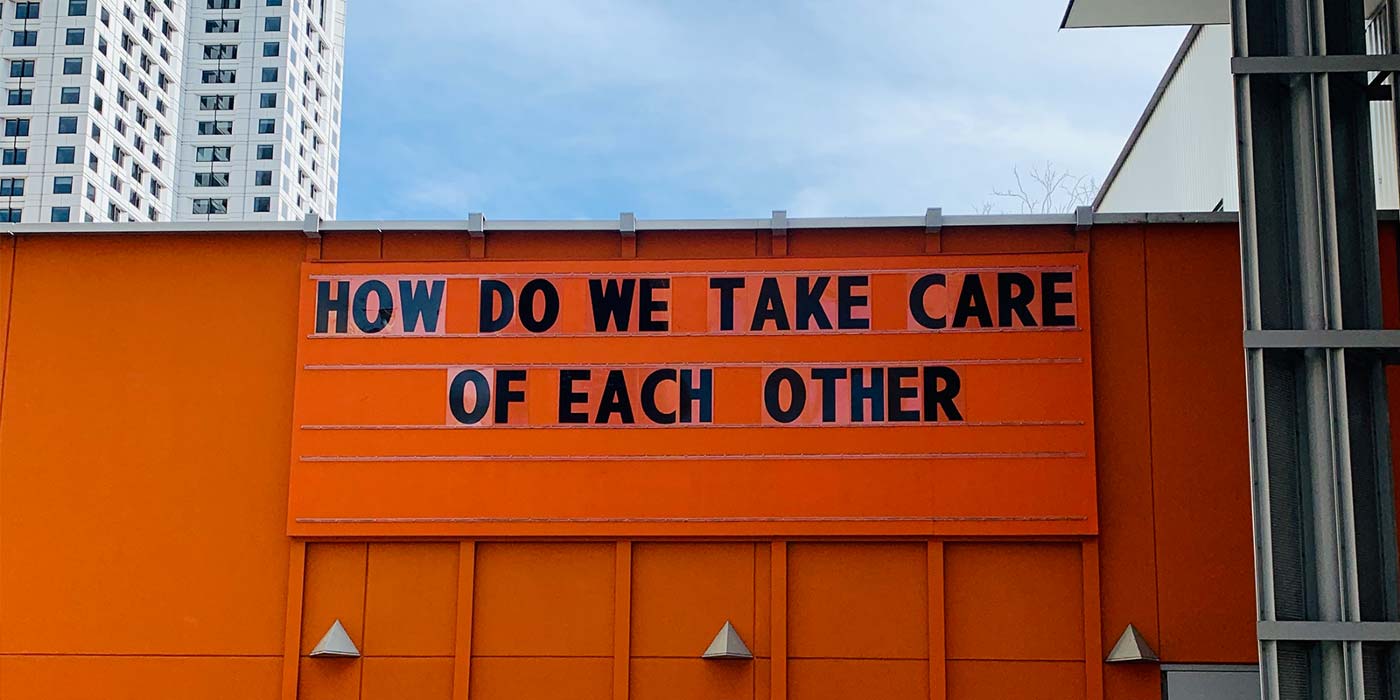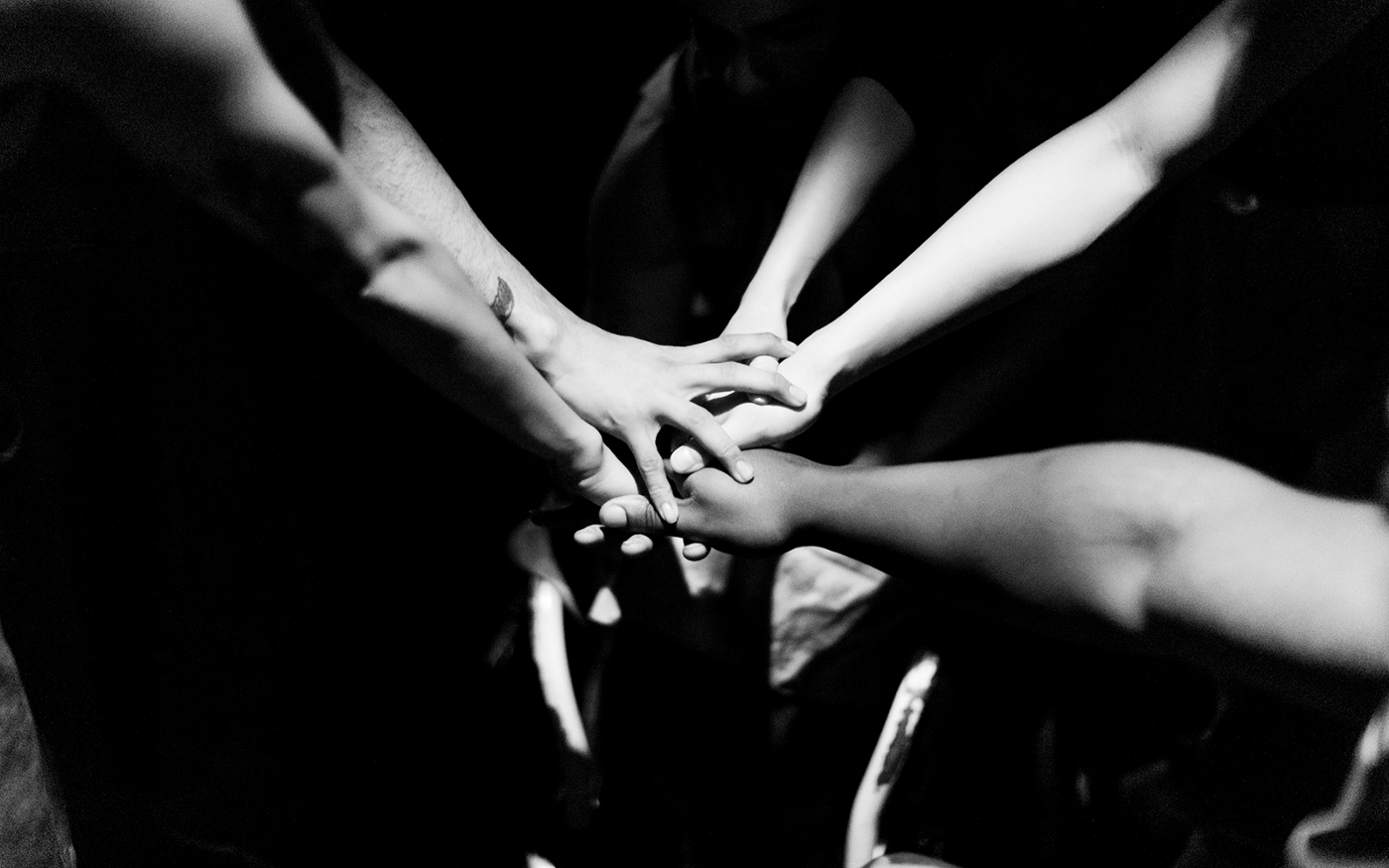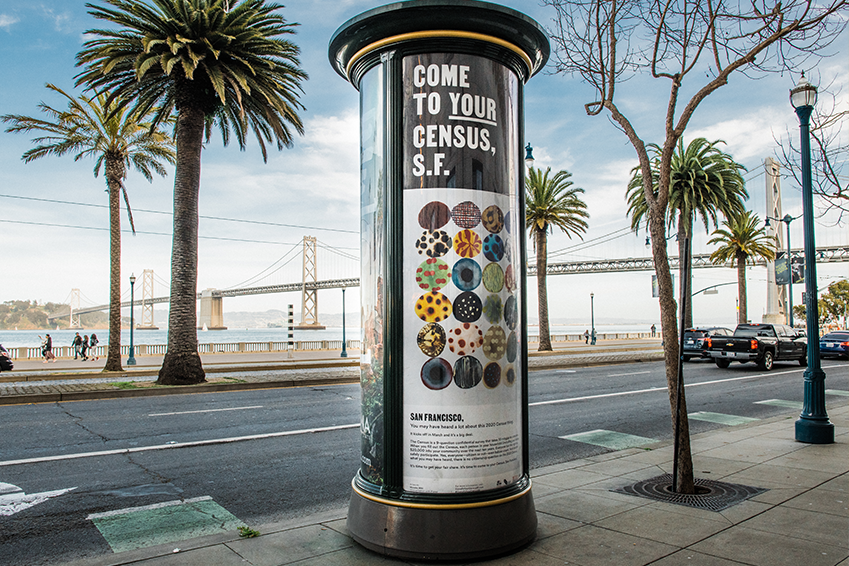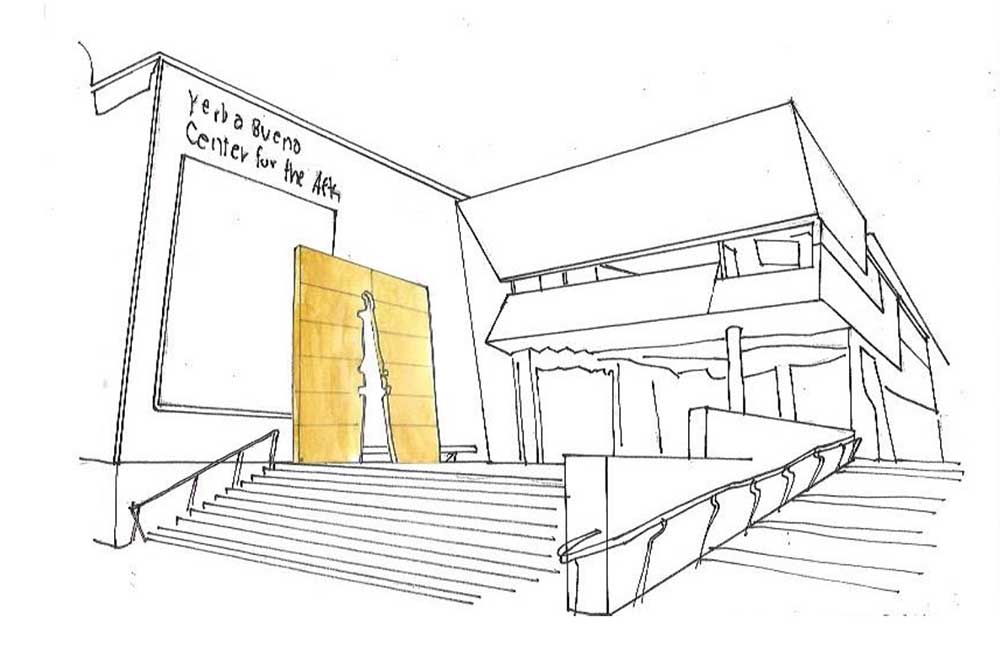Sun October 26th Open 11 AM–5 PM
The Time for Hope and Imagination

Like so many of us, I have been trying to understand what I can do to be of service in this urgent moment. I have a dear friend who is making masks for the workers in her neighborhood grocery store. A colleague has turned his organization into a 3-D printing factory to quicken the production of ventilators. A neighbor has offered services to those who are elderly and living alone and another is making and delivering food to those in need.
As I gain inspiration from so many people who are quickly able to turn their skills, talents and resources to the urgent needs of now, I think about the trajectory of my work life and how I might find something I can lend from my journey. In such critical times, I worry that I might not be focusing on the most useful or important things.
In my current role as the CEO of a San Francisco based organization called Yerba Buena Center for the Arts (YBCA), I am grateful that we had already been focusing on transforming the organization from a place solely dedicated to the exhibition and presentation of art, performance and film to being a creative home and a forum for art and social change. Because we had been evolving to try to better address the pressing needs and concerns around us, we had also adapted our organizational structure to be more responsive, inclusive and collaborative.
In some ways, the experience of guiding this kind of radical organizational transformation has helped me think about what we are facing today — in the arts and as a society. I understand that change means loss and that uncertainty and ambiguity are difficult for most of us. I also understand that hope is evasive and misunderstood.
So, the question is, how do we sit here in all of this uncertainty and loss? And, how do we cultivate hope — and the strength it engenders — in hard times? How do we fall through this and forward?
“This need for reinvention is our absolute certainty. To step to it, we need to understand hope as an essential and practical driver in a system of possibility.”
Are we willing to accept — as an arts system and a society — that we are not just waiting this out so that we can “bounce back?” We are, rather, facing this virus — and all the inequity and injustice it surfaces — so that we can prepare to reinvent our institutions and our systems to be ready to meet new needs, find a new normal, and better serve the wellbeing of our communities. This need for reinvention is our absolute certainty. To step to it, we need to understand hope as an essential and practical driver in a system of possibility.
Though I have been in the arts and culture field for decades, my instincts were formed from my early work in community service and social justice. While sheltering, I have been gathering up some of the things that I have learned along the way.
Early in my work life, I was the Development Director at a grassroots organization that provided essential shelter and support services to people who were homeless. This organization was founded to help refugees who were fleeing war and famine in Central America and it evolved to also serve those who were living on the streets of San Francisco with HIV and AIDS. As a faith-based organization, the leaders prioritized the practical need to provide food and shelter as they also understood the necessity of hope and community — especially when people have been torn from their families. They also understood the power of lifting an individual’s story up and out of their current circumstances.
I recall a particular moment, in a board meeting focused on fundraising and contracts, when I began to worry that in a perpetually struggling nonprofit sector we might not be there to solve the problem — that our focus on our own organizational structure and the delivery of immediate support might blur our vision and obstruct our ability to imagine a more hopeful future where our services were no longer needed. This worry was in no way specific to this potent community-based organization that was doing the critical work providing hope and urgent support for those in need. Rather, it was a growing concern that a sector built to serve the people had caught itself up in its own faulty structures.
I started to worry that we lack imagination — that we are stuck in immediacy and in institutions, silos, and structures that are broken beyond repair. We are simply unable to believe in and illuminate new paths forward.
“I began to really understand hope and inspiration as practical tools, that we need visionaries and pragmatists at the same time.”
At just about the same time, I saw an ad for an Executive Director job at a place called Intersection for the Arts. Growing up with a mom who found her joy, her independence, and her salvation in community theater and also as someone who secretly wrote poetry and short stories as a way to make sense of a painful childhood, I started to think about how these things come together. Being invited to take that job changed everything for me as I began to really understand hope and inspiration as practical tools, that we need visionaries and pragmatists at the same time.
I have since been devoted to building partnerships and pathways so that we can better understand and deploy the role of art and creativity in service of a better world. For me, this is not about the arts as a stand-alone sector that includes some and excludes others, nor is it about how the arts will one day return to “normal.” This is about how artists and arts organizations can lead with vision and serve in practice.
How can we help not by perpetuating our sector as we know it; and instead by reimagining our work across sectors, silos and differences, to introduce new possibilities to both lead and serve a new and different tomorrow? What is our practical application in a time of loss and uncertainty?

I think about the Works Progress Act (WPA) of the 1930’s that focused on employing millions of Americans to help bring about public works projects across the country. Even more, the Comprehensive Employment and Training Act (CETA) of 1973, which was a national program that employed 10,000 artists along with multitudes of other workers in service of the needs of their communities. CETA was not focused on a particular sector, it was about matching workers to the needs of their local communities. In San Francisco, a program called The Neighborhood Arts Program was launched in 1967, before CETA, with the goal of employing poets, painters, musicians and performers to share their creativity, skills and services in neighborhoods where they were most needed. The Neighborhood Arts Program laid the groundwork for San Francisco and other cities to respond to CETA by placing artists with community organizations in order to teach classes and workshops, create public artworks, provide performances and community events. These programs were about deploying the power of creativity and inspiration in service of a better world, and starting with artists who can lead our way.
In the context of today, we have an opportunity to ensure that the immense creative resources in our country are at the ready and equipped to meet the urgent needs of now while helping us imagine, invent and prepare for a new future. While the current moment is acute and the future is uncertain, the need for a new tomorrow is undeniable.
Lead image: Tania Bruguera, Marquee from Escuela de Arte Útil, 2017-ongoing. Installation view, Yerba Buena Center for the Arts, March 2020. Courtesy Yerba Buena Center for the Arts.



